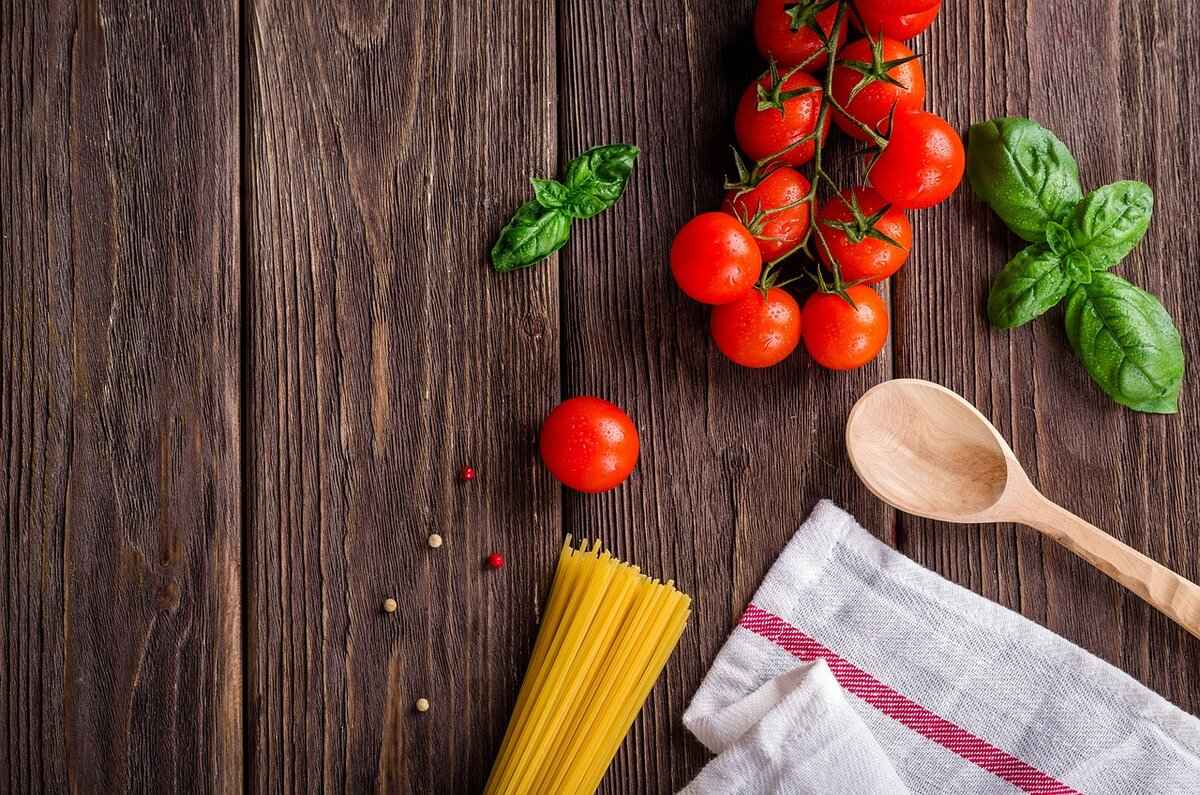Southern Vietnamese Cuisine is a vibrant tapestry of flavors that reflects the region’s rich cultural heritage. This article delves into the unique characteristics of Southern Vietnamese cooking, showcasing its signature ingredients, beloved dishes, and the culinary traditions that make this cuisine so special.
The culinary landscape of Southern Vietnam stands out for its diverse flavors and emphasis on freshness. The region is known for its sweet and spicy profiles, which are often complemented by a plethora of fresh herbs. These elements not only enhance the taste but also showcase the agricultural bounty of the region, making each dish a reflection of the local culture.
Essential ingredients play a vital role in defining Southern Vietnamese cuisine. Key components include:
- Coconut Milk: Adds richness and creaminess to both sweet and savory dishes.
- Sugar: Often used to balance flavors, especially in sauces and desserts.
- Fresh Vegetables: A staple in many dishes, enhancing nutrition and flavor.
These ingredients work harmoniously to create a unique flavor profile that is distinctively Southern Vietnamese.
Southern Vietnam is renowned for its delightful desserts, often featuring tropical fruits and coconut. Some popular sweet treats include:
- Che: A sweet dessert soup made with beans, fruits, and coconut milk.
- Banh Trang Nuong: A crispy rice paper dish topped with various sweet ingredients.
- Sticky Rice: Often served with mango or coconut, it’s a beloved treat.
These desserts not only satisfy the sweet tooth but also celebrate the region’s agricultural abundance.
Spices and chilies are integral to Southern Vietnamese cooking. Popular spices include:
- Chili Peppers: Used in various forms to add heat to dishes.
- Black Pepper: A common seasoning that enhances flavor depth.
- Garlic and Shallots: Essential aromatics that form the base of many recipes.
This combination of spices creates dishes with a complex flavor profile that is both exciting and satisfying.
Coconut is a staple ingredient in Southern Vietnamese cuisine, used in various forms such as milk, cream, and shredded coconut. Its versatility allows it to enhance both savory and sweet dishes, providing a unique texture and flavor that is cherished in many recipes.
Some iconic dishes that define Southern Vietnamese cuisine include:
- Pho: A fragrant noodle soup with beef or chicken, often enjoyed at any time of day.
- Banh Xeo: Crispy pancakes filled with shrimp, pork, and bean sprouts.
- Hu Tieu: A noodle soup that can be served dry or with broth, showcasing a variety of toppings.
Each of these dishes represents the culinary creativity and diversity of the region.
Cooking Southern Vietnamese cuisine at home can be an enjoyable experience. Here are some practical tips:
- Start with fresh ingredients for the best flavor.
- Experiment with herbs and spices to find the perfect balance.
- Follow traditional recipes but feel free to add your personal touch.
With the right approach, anyone can enjoy the flavors of Southern Vietnam in their own kitchen.
The geography of Southern Vietnam, characterized by its warm climate and fertile land, greatly influences its culinary practices. The abundance of fresh produce and seafood allows for a diverse range of dishes that are both flavorful and nutritious.
Street food is an integral part of Southern Vietnamese culture, offering a variety of flavors and experiences. Popular street food items include:
- Goi Cuon: Fresh spring rolls filled with shrimp, herbs, and vermicelli.
- Xoi: Sticky rice served with a variety of toppings.
- Nuoc Mia: Sugarcane juice, a refreshing drink for hot days.
These street food options provide a glimpse into the everyday culinary life of Southern Vietnam, making it a must-try for visitors and locals alike.
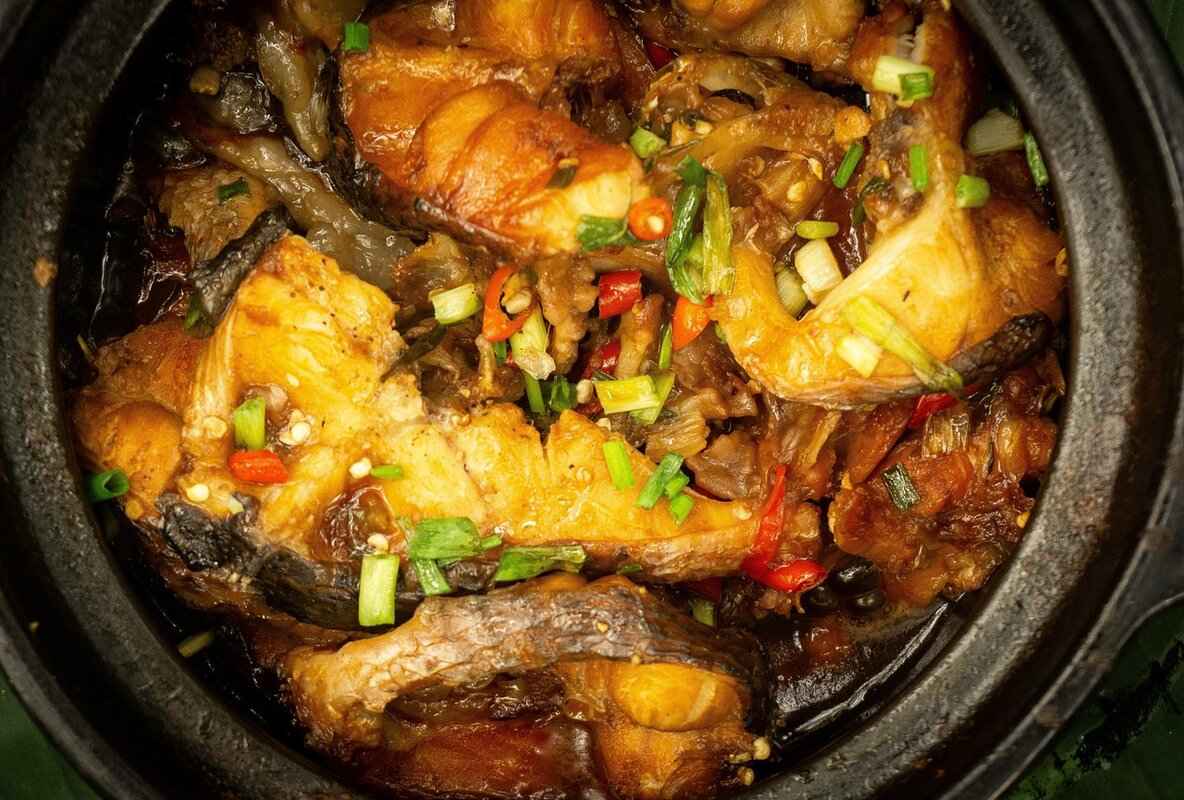
What Makes Southern Vietnamese Cuisine Unique?
Southern Vietnamese cuisine is a vibrant tapestry of flavors and ingredients that reflect the region’s rich cultural heritage. Known for its emphasis on sweetness, spiciness, and the abundant use of fresh herbs, this culinary tradition offers a unique experience that tantalizes the taste buds. The interplay of flavors creates a distinctive identity, making Southern Vietnamese dishes a delight for food enthusiasts.
The uniqueness of Southern Vietnamese cuisine lies in its diversity of flavors. The region enjoys a tropical climate, which allows for the cultivation of a wide variety of fresh produce. This results in dishes that are not only flavorful but also colorful and aromatic.
- Sweetness: Sugar, often derived from sugarcane, is a key component in many dishes, adding a delightful sweetness that balances other flavors.
- Spiciness: Southern Vietnamese cuisine incorporates various spices and chili peppers, providing a kick that enhances the overall taste.
- Fresh Herbs: Herbs like mint, basil, and coriander are frequently used, adding freshness and complexity to the dishes.
These elements not only define the taste but also reflect the lifestyle and traditions of the people in Southern Vietnam. The cuisine is a celebration of the region’s agricultural bounty, where each meal tells a story of its origins.
Essential ingredients play a vital role in shaping the flavor profiles of Southern Vietnamese dishes. Some of the most common ingredients include:
| Ingredient | Role in Cuisine |
|---|---|
| Coconut Milk | Used in both savory and sweet dishes, adding creaminess and depth. |
| Sugar | Enhances sweetness, balancing spicy and savory flavors. |
| Fresh Vegetables | Provides crunch and nutrition, often served raw or lightly cooked. |
These ingredients come together to create dishes that are not only delicious but also visually appealing, showcasing the region’s culinary artistry.
Southern Vietnam is famous for its delightful desserts that often feature tropical fruits and coconut. Some must-try sweet dishes include:
- Che Ba Mau: A colorful three-color dessert made with mung beans, red beans, and coconut milk.
- Banh Khot: Mini pancakes topped with shrimp and served with a sweet and spicy dipping sauce.
- Sticky Rice with Mango: A beloved dish that combines sweet sticky rice with ripe mango slices.
These desserts not only reflect the region’s agricultural abundance but also demonstrate the culinary creativity of its people.
The use of spices and chilies is integral to Southern Vietnamese cooking. Ingredients like bird’s eye chili and black pepper are commonly used to add heat and depth to dishes. This section explores the significance of these spices:
- Chili Peppers: They provide the characteristic heat that defines many Southern dishes.
- Garlic and Shallots: Often used as a base, they enhance flavor and aroma.
These spices not only elevate the taste but also reflect the region’s culinary traditions and preferences.
Coconut is a staple ingredient in Southern Vietnamese cuisine, celebrated for its versatility. It is used in various forms, including:
- Coconut Milk: Adds creaminess to soups and desserts.
- Coconut Flesh: Used in salads and desserts for texture.
- Coconut Water: A refreshing drink that complements spicy meals.
The inclusion of coconut enhances flavors and textures, making it a beloved ingredient among locals.
From Pho to Banh Xeo, Southern Vietnam boasts a variety of iconic dishes. Each dish tells a story and reflects the region’s culinary identity. Some popular options include:
- Hu Tieu: A noodle soup with a rich broth and an assortment of toppings.
- Banh Mi: A Vietnamese sandwich that combines French and Vietnamese flavors.
- Com tam: Broken rice served with grilled pork and a variety of sides.
These dishes are not just meals; they are cultural experiences that showcase the region’s rich heritage.
Cooking Southern Vietnamese cuisine at home is accessible with the right recipes. Here are some practical tips:
- Start with fresh ingredients for the best flavor.
- Experiment with spices to find your preferred level of heat.
- Utilize local markets for authentic ingredients.
With these tips, anyone can enjoy the flavors of Southern Vietnam in their own kitchen.
The geography of Southern Vietnam, characterized by its fertile land and tropical climate, greatly influences its culinary practices. The abundance of fresh produce and seafood shapes the region’s food diversity, leading to a unique culinary landscape.
Street food is an integral part of Southern Vietnamese culture, offering a variety of flavors and experiences. From bustling markets to food stalls, the street food scene is vibrant and diverse. Must-try items include:
- Goi Cuon: Fresh spring rolls filled with shrimp, herbs, and vermicelli.
- Ban Xeo: Savory pancakes filled with shrimp and bean sprouts.
These street foods provide a glimpse into the everyday life of Southern Vietnamese people, making them a must-try for anyone visiting the region.

Key Ingredients in Southern Vietnamese Cooking
Southern Vietnamese cuisine is a vibrant tapestry of flavors and textures, deeply rooted in the region’s agricultural bounty and cultural diversity. At the heart of this culinary tradition are key ingredients that not only enhance the taste of dishes but also reflect the lifestyle and values of the people. Among these, coconut milk, sugar, and fresh vegetables stand out as essential components that define the unique flavor profile of Southern Vietnamese cooking.
Coconut milk is a versatile ingredient used in both savory and sweet dishes, providing a rich, creamy texture that elevates the overall flavor. It is commonly found in soups, curries, and desserts, adding a subtle sweetness that balances the heat from spices. The use of coconut milk not only enhances taste but also reflects the region’s abundant coconut plantations, making it a staple in daily cooking.
Sugar plays a pivotal role in Southern Vietnamese cuisine, where a balance of sweet and savory is crucial. Traditional dishes often incorporate sugar to create a harmonious blend of flavors. For example, in Banh Xeo (Vietnamese pancakes), a touch of sugar in the batter complements the savory fillings, while in desserts, it enhances the natural sweetness of tropical fruits. This emphasis on sweetness is a hallmark of the region’s culinary identity.
Fresh vegetables are not just side ingredients; they are integral to the dishes themselves. The warm climate of Southern Vietnam allows for a wide variety of vegetables to be grown year-round, providing a rich palette of colors and flavors. Ingredients like water spinach, bean sprouts, and herbs such as mint and coriander are commonly used in salads and stir-fries, adding freshness and crunch. The incorporation of fresh produce not only enhances nutrition but also showcases the region’s agricultural richness.
The synergy between coconut milk, sugar, and fresh vegetables creates a distinctive flavor profile that is both complex and satisfying. For instance, in a traditional Vietnamese curry, the creaminess of coconut milk is balanced by the sweetness of sugar and the crispness of vegetables, resulting in a dish that is both comforting and refreshing. This harmonious blend is what makes Southern Vietnamese cuisine so appealing to both locals and visitors alike.
Southern Vietnamese cooking is not just about individual ingredients; it is about how they come together to create a culinary experience. The emphasis on fresh, locally sourced ingredients reflects the region’s commitment to sustainability and healthy eating. Street food stalls and family-run restaurants proudly showcase these elements, offering dishes that are not only delicious but also tell the story of Southern Vietnam’s rich cultural heritage.
For those looking to recreate Southern Vietnamese dishes at home, understanding the role of these key ingredients is essential. Start by stocking your pantry with high-quality coconut milk, a variety of sugars (like palm sugar), and an assortment of fresh vegetables. Experiment with traditional recipes, adjusting the balance of flavors to suit your taste. This approach not only brings the essence of Southern Vietnam into your kitchen but also fosters a deeper appreciation for this vibrant cuisine.
In conclusion, the essential ingredients of coconut milk, sugar, and fresh vegetables are the backbone of Southern Vietnamese cuisine. Their unique interactions create a flavor profile that is both distinct and delightful, making Southern Vietnam a culinary destination worth exploring.
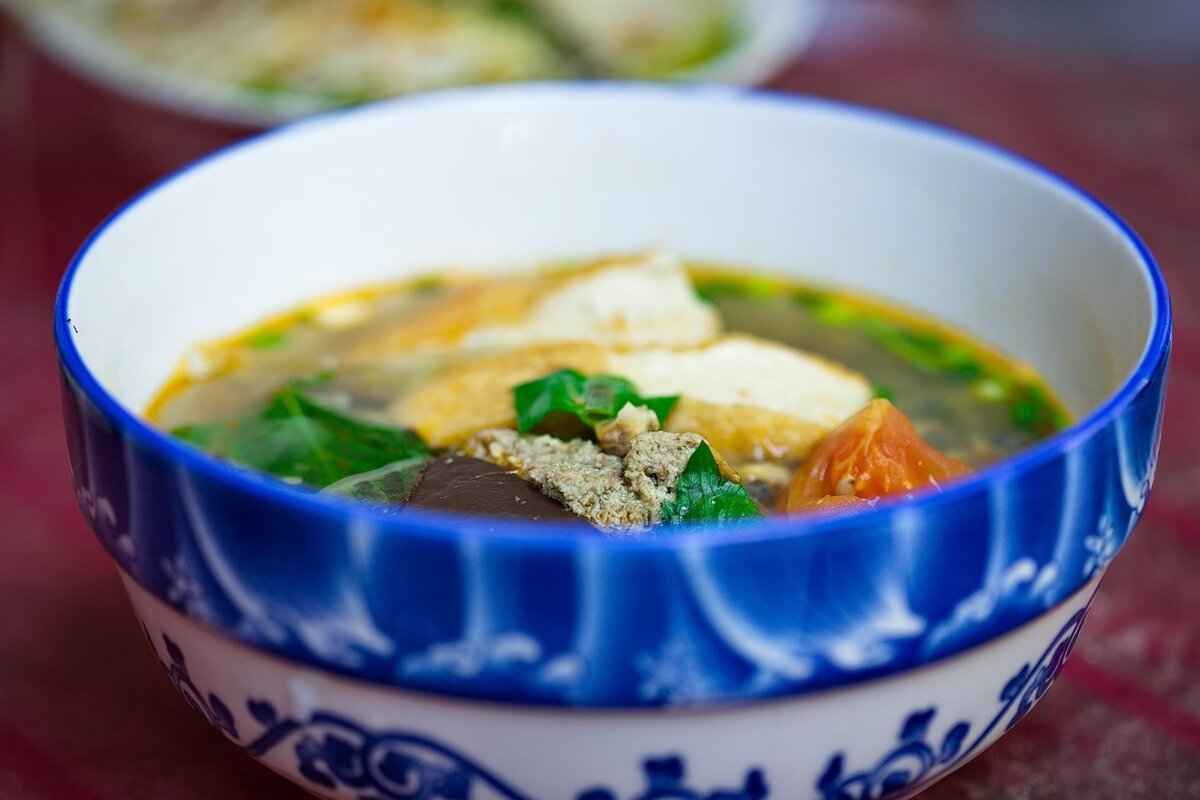
Popular Sweet Dishes of Southern Vietnam
Southern Vietnam, with its lush landscapes and tropical climate, is a paradise for dessert lovers. The region is famous for an array of delicious sweets that often feature tropical fruits, coconut, and a delightful balance of flavors. These desserts not only satisfy the sweet tooth but also reflect the rich agricultural bounty and culinary creativity of the area.
- Che Ba Mau: This vibrant three-color dessert is a must-try. It consists of layers of mung beans, red beans, and green jelly, topped with coconut milk and ice. The colorful presentation and diverse textures make it a favorite among locals and tourists alike.
- Banana Cake (Banh Chuoi): Made from ripe bananas and steamed rice flour, this cake is often served warm. The natural sweetness of the bananas combined with the creamy coconut topping creates a comforting dessert that is both simple and satisfying.
- Coconut Sticky Rice (Xoi Dua): This dish features glutinous rice cooked with coconut milk, giving it a rich and creamy flavor. It is often paired with fresh mango or other tropical fruits, making it a popular choice for breakfast or dessert.
- Fruit Salad with Coconut Milk: A refreshing mix of seasonal fruits like longan, rambutan, and mango, drizzled with sweetened coconut milk. This dessert is not only delicious but also a healthy option, showcasing the region’s abundant produce.
- Banh Flan: A Vietnamese twist on the classic flan, this dessert is made with eggs, milk, and sugar, resulting in a smooth, creamy texture. Often served with a caramel sauce and a hint of coconut, it’s a delightful end to any meal.
The use of coconut and tropical fruits in Southern Vietnamese desserts is deeply rooted in the region’s agricultural practices. The warm climate allows for a variety of fruits to thrive, and coconut is a staple ingredient that adds richness and flavor to many dishes. This combination not only enhances the taste but also provides a unique texture that is characteristic of Southern Vietnamese sweets.
Preparing these desserts at home can be a rewarding experience. Most recipes are straightforward, requiring minimal ingredients. For example, to make Che Ba Mau, one simply needs to cook the beans and jelly separately, layer them in a bowl, and top with coconut milk. The simplicity of these recipes makes them accessible for anyone interested in exploring Southern Vietnamese cuisine.
When visiting Southern Vietnam, street food stalls and local markets are the best places to sample these delectable sweets. Vendors often prepare desserts fresh daily, ensuring authenticity and flavor. Additionally, many restaurants offer a selection of traditional desserts, allowing visitors to experience the culinary heritage of the region.
In conclusion, Southern Vietnam’s dessert scene is a vibrant tapestry of flavors and textures, primarily driven by the use of coconut and tropical fruits. Whether enjoyed at a bustling street stall or prepared at home, these sweet treats exemplify the region’s rich agricultural heritage and culinary creativity.

Spicy Flavors: A Signature of Southern Vietnamese Cuisine
Southern Vietnamese cuisine is a vibrant tapestry of flavors, with spices and chilies playing a pivotal role in defining its character. The warm climate and rich agricultural landscape of the region provide an abundance of fresh ingredients that contribute to the distinctive taste of its dishes.
In Southern Vietnam, the use of spices is not just about adding heat; it is about creating a layered flavor profile that enhances the overall dish. Some of the most commonly used spices include:
- Chili Peppers: Varieties such as bird’s eye chili and jalapeño are frequently used to add heat. They can be found fresh, dried, or in sauces.
- Black Pepper: Known for its pungent flavor, black pepper is often used to season meats and seafood, providing a robust backdrop to many dishes.
- Star Anise: This aromatic spice adds a sweet, licorice-like flavor, commonly used in broths and stews.
- Coriander: Both the seeds and fresh leaves are used, imparting a citrusy flavor that brightens dishes.
- Cumin: This spice lends a warm, earthy flavor that complements the richness of coconut-based dishes.
The careful balance of spices in Southern Vietnamese cooking not only elevates the taste but also reflects the region’s cultural influences. For instance, the integration of spices from Chinese, Indian, and Khmer cuisines showcases the historical trade routes and cultural exchanges that have shaped the culinary landscape.
Chilies are more than just a source of heat; they are central to achieving the signature spiciness of many Southern Vietnamese dishes. They are used in various forms, from fresh and dried to pickled. The inclusion of chilies enhances the overall sensory experience, providing a contrast to the sweetness of other ingredients, such as coconut milk and sugar.
Several iconic dishes exemplify the use of spices and chilies in Southern Vietnamese cuisine:
- Canh Chua: This sour soup combines fresh fish, tamarind, and a medley of spices, including chili, to create a refreshing yet spicy flavor.
- Banh Xeo: These savory pancakes filled with shrimp, pork, and bean sprouts are often served with a spicy dipping sauce, highlighting the importance of chilies.
- Hu Tieu: A noodle soup that features a variety of meats and is often garnished with fresh chilies, adding a kick to the rich broth.
To truly capture the essence of Southern Vietnamese cuisine, it is essential to understand the techniques involved in using spices:
- Toasting Spices: Lightly toasting spices before use can enhance their flavors, releasing essential oils that add depth.
- Balancing Flavors: Achieving the right balance between sweet, salty, and spicy is crucial. Taste as you go to ensure harmony in your dishes.
- Freshness Matters: Using fresh spices and herbs will significantly improve the overall flavor profile of your dishes.
In summary, spices and chilies are not just ingredients in Southern Vietnamese cuisine; they are the heart and soul that infuse each dish with character and complexity. Understanding their significance and how to use them effectively can transform your cooking and bring a taste of Southern Vietnam to your table.
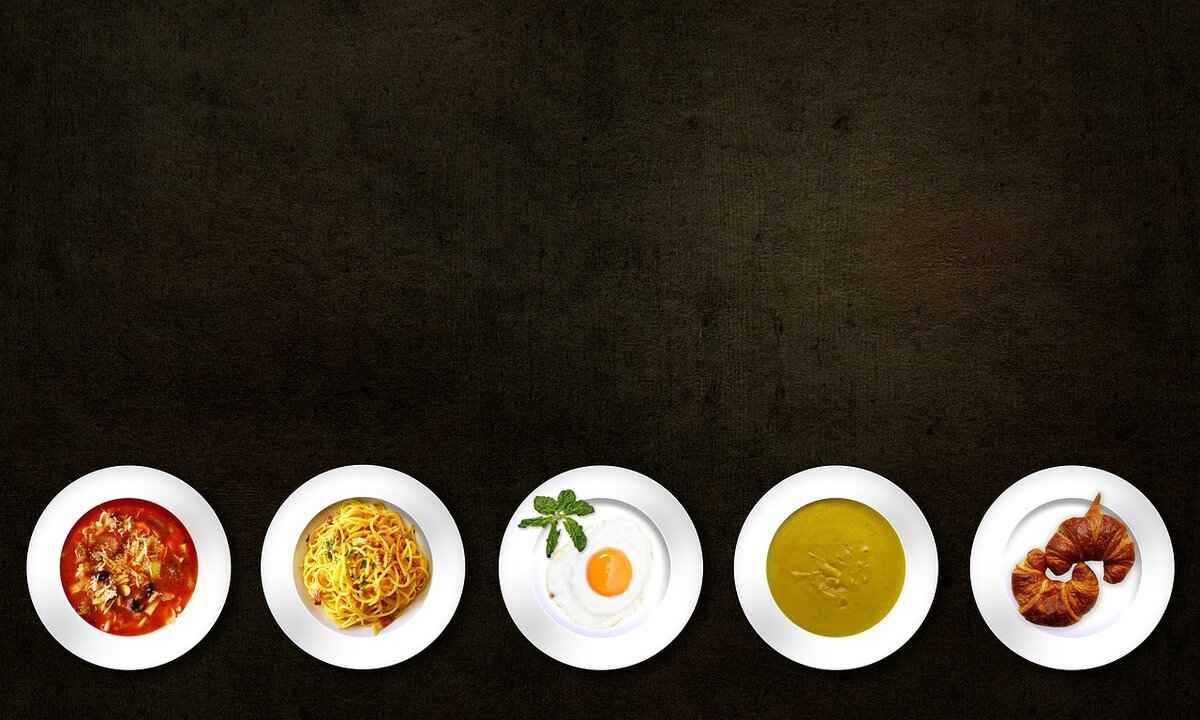
The Role of Coconut in Southern Vietnamese Dishes
Coconut plays a pivotal role in Southern Vietnamese cuisine, where its rich flavor and creamy texture enhance a variety of dishes. This tropical fruit is not only a staple ingredient but also a symbol of the region’s agricultural abundance.
The use of coconut in Southern Vietnamese dishes can be attributed to its versatility. From coconut milk to grated coconut, this ingredient serves multiple functions. It adds a natural sweetness to savory dishes and provides a creamy texture to desserts. This duality makes coconut a beloved choice among chefs and home cooks alike.
In savory dishes, coconut enhances flavors and balances spices. For example, in coconut curry, the milk adds a rich, creamy base that complements the heat from chilies. Similarly, dishes like Banh Xeo (Vietnamese pancakes) often incorporate coconut milk into the batter, resulting in a crispy texture and a hint of sweetness.
Southern Vietnam is renowned for its delicious desserts that frequently feature coconut. Che Ba Mau, a three-color dessert, showcases layers of mung beans, jelly, and coconut milk, creating a visually appealing and flavorful treat. Another favorite is Banh Trang Nuong, a rice paper cake topped with coconut and various toppings, offering a unique blend of textures and tastes.
Coconut’s natural sweetness allows it to balance the spicy and savory elements typical of Southern Vietnamese cuisine. This balance not only enhances the overall flavor but also reflects the region’s culinary philosophy, which emphasizes harmony in taste. The use of coconut is often paired with fresh herbs and vegetables, creating a vibrant and refreshing dining experience.
In addition to its culinary applications, coconut offers several health benefits. It is rich in medium-chain triglycerides (MCTs), which are known to provide quick energy. Furthermore, coconut is a source of dietary fiber, aiding in digestion. Incorporating coconut into meals can thus contribute to a balanced diet while enhancing flavor.
If you’re interested in experimenting with coconut in your cooking, there are numerous ways to do so. You can use coconut milk in soups and curries, sprinkle grated coconut on desserts, or even use coconut oil for frying. Each method adds a distinct flavor and richness to your dishes, making them more enjoyable.
The love for coconut in Southern Vietnam stems from its ability to enhance both flavor and texture in various dishes. This ingredient not only reflects the region’s agricultural heritage but also showcases the creativity of its culinary practices. As a result, coconut remains a cherished component of Southern Vietnamese cuisine, celebrated for its versatility and deliciousness.
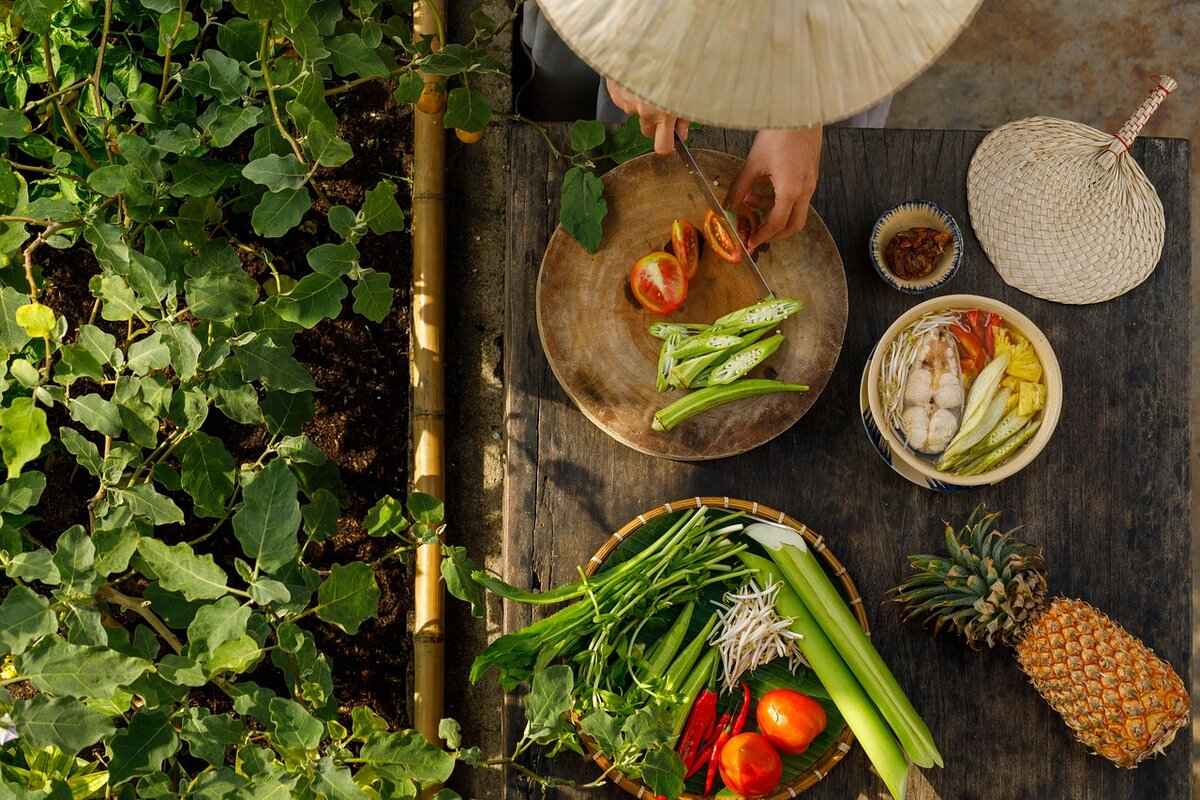
Famous Southern Vietnamese Dishes You Must Try
Southern Vietnam is a culinary paradise, rich with flavors and traditions that reflect its diverse culture and geography. Among the myriad of dishes that define this region, some stand out as must-tries for anyone looking to experience the essence of Southern Vietnamese cuisine.
From the aromatic Pho to the crispy Banh Xeo, Southern Vietnam offers a variety of dishes that are not only delicious but also culturally significant. Here are some of the most popular dishes that you absolutely must try:
- Pho: This world-famous noodle soup is a staple in Vietnamese cuisine, featuring a rich broth made from beef or chicken, rice noodles, and a variety of fresh herbs. The Southern version often comes with a sweeter broth and is served with lime and chili on the side, allowing for a personalized flavor experience.
- Banh Xeo: Known as the Vietnamese pancake, Banh Xeo is made from rice flour, turmeric, and coconut milk, resulting in a crispy exterior. Stuffed with shrimp, pork, and bean sprouts, it’s typically served with fresh herbs and a tangy dipping sauce.
- Hu Tieu: A noodle soup that originated from the Chinese community in Southern Vietnam, Hu Tieu is characterized by its clear broth and a mix of meat options, including pork, seafood, and even beef. It’s often garnished with fresh vegetables and herbs, making it a flavorful and satisfying meal.
- Gỏi cuốn: Also known as Vietnamese spring rolls, these fresh rolls are filled with shrimp, herbs, and vermicelli noodles, all wrapped in rice paper. They are typically served with a peanut or hoisin sauce, making them a refreshing appetizer or snack.
- Com tam: Known as broken rice, Com tam is a popular dish served with grilled pork, pickled vegetables, and a fried egg. It’s a comforting meal that showcases the simplicity and heartiness of Southern Vietnamese cuisine.
The popularity of these dishes can be attributed to their unique flavors and the use of fresh, local ingredients. Southern Vietnam’s warm climate allows for an abundance of fruits and vegetables, which are often incorporated into meals. Moreover, the emphasis on coconut and herbs adds a distinctive taste that sets Southern Vietnamese cuisine apart from other regions.
To truly appreciate the flavors of Southern Vietnam, consider visiting local markets and street food stalls, where these dishes are prepared fresh daily. Engaging with local chefs or home cooks can also provide insight into traditional cooking methods and the cultural significance of each dish.
For those interested in replicating these dishes at home, numerous recipes are available online, with many focusing on the balance of flavors that characterize Southern Vietnamese cuisine. Ingredients like fish sauce, lemongrass, and coconut milk are essential for achieving authentic tastes.
Ultimately, Southern Vietnamese dishes are a celebration of flavor, texture, and cultural heritage. They invite you to explore the region’s culinary landscape, offering a taste of its vibrant history and diverse influences. Whether you are dining at a local restaurant or trying your hand at cooking, these iconic dishes are sure to leave a lasting impression.
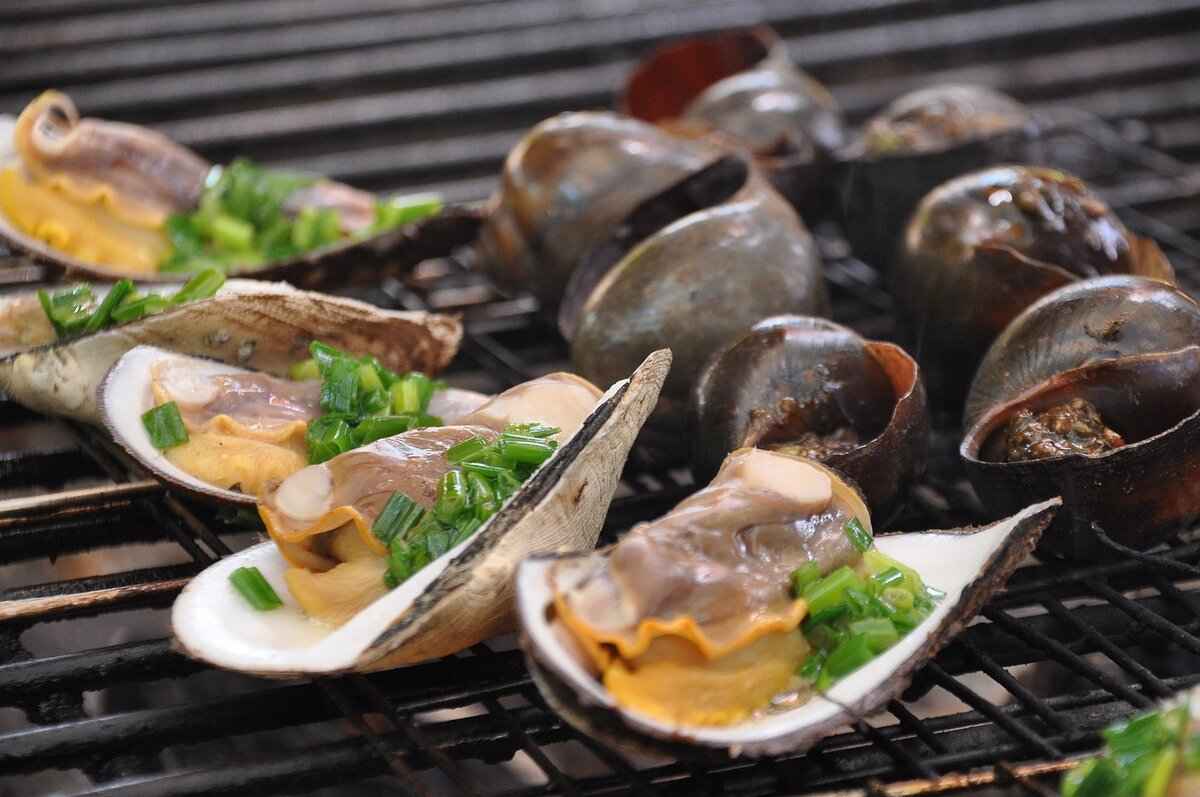
How to Prepare Traditional Southern Vietnamese Dishes
Cooking Southern Vietnamese cuisine at home is not only enjoyable but also a rewarding experience that allows you to explore the vibrant flavors of this region. With the right recipes and techniques, anyone can recreate traditional dishes that are both delicious and representative of Southern Vietnam’s rich culinary heritage.
- Gather Authentic Ingredients: Start by sourcing authentic ingredients such as coconut milk, fish sauce, and fresh herbs like Thai basil and coriander. These elements are crucial for achieving the true flavors of Southern Vietnamese dishes.
- Master Cooking Techniques: Techniques such as stir-frying, steaming, and grilling are commonly used in Southern Vietnamese cooking. Familiarizing yourself with these methods will enhance your cooking skills.
- Balance Flavors: Southern Vietnamese cuisine is known for its balance of sweet, salty, and spicy flavors. Experiment with adjusting the levels of sugar, salt, and chili to find your preferred taste.
Here are a few traditional dishes that are not only popular but also relatively easy to prepare:
- Pho: This iconic noodle soup can be made with beef or chicken. The key is to simmer the broth for several hours to extract deep flavors.
- Banh Xeo: These savory pancakes filled with shrimp, pork, and bean sprouts are perfect for a fun family meal. Serve them with fresh herbs and dipping sauce.
- Gio Lua: Often referred to as Vietnamese pork sausage, this dish is a staple in many Southern Vietnamese households and is great for special occasions.
- Prep Ingredients Ahead: To streamline your cooking process, prepare your ingredients in advance. Chop vegetables, marinate meats, and organize your workspace.
- Utilize Fresh Herbs: Fresh herbs are essential in Southern Vietnamese dishes. Not only do they add flavor, but they also enhance the visual appeal of your meals.
- Experiment with Spices: Southern Vietnamese cuisine often incorporates a variety of spices. Don’t hesitate to experiment with different combinations to create your unique flavor profile.
Numerous resources are available online for discovering authentic Southern Vietnamese recipes. Websites, cooking blogs, and social media platforms often feature step-by-step guides and cooking videos. Additionally, consider joining local cooking classes or community groups focused on Vietnamese cuisine to enhance your skills.
In conclusion, cooking traditional Southern Vietnamese dishes at home is an accessible and fulfilling endeavor. With the right ingredients, techniques, and a willingness to experiment, you can bring the vibrant flavors of Southern Vietnam to your kitchen. Whether you are a seasoned cook or a beginner, these tips and recipes will guide you in creating memorable meals that celebrate this rich culinary tradition.
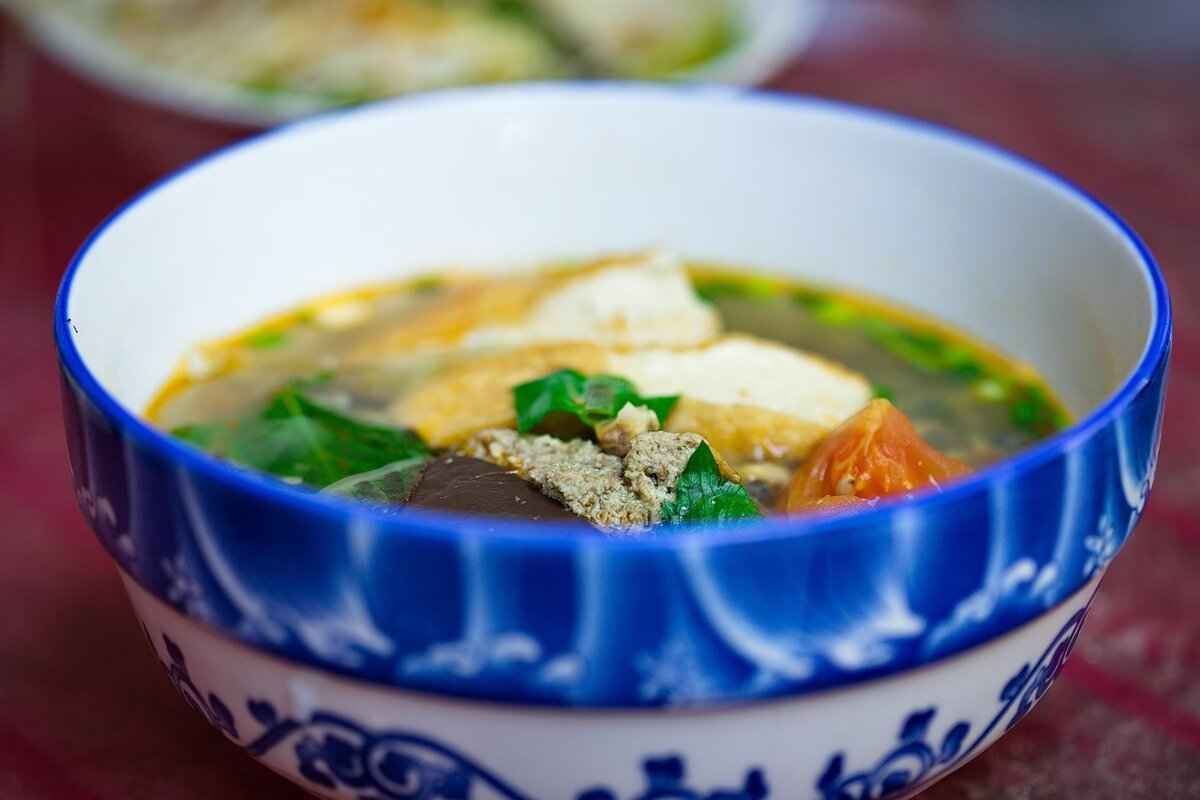
The Influence of Geography on Southern Vietnamese Cuisine
The culinary landscape of Southern Vietnam is a vibrant tapestry woven from the threads of its geography, climate, and agricultural practices. The region’s unique topography, characterized by its extensive river systems, fertile deltas, and tropical climate, plays a crucial role in shaping its diverse food culture. This article delves into how these geographical elements influence Southern Vietnamese cuisine, resulting in a rich variety of flavors and dishes.
The geography of Southern Vietnam is marked by the Mekong Delta, one of the most fertile regions in the country. This delta is nourished by the Mekong River, which deposits nutrient-rich silt, making the land ideal for agriculture. The abundance of rice paddies, fruit orchards, and vegetable farms provides a steady supply of fresh ingredients, which are essential in Southern Vietnamese cooking.
The tropical climate of Southern Vietnam, characterized by warm temperatures and seasonal rainfall, supports a diverse range of crops. The long growing season allows for multiple harvests each year, contributing to the region’s culinary variety. Ingredients such as coconut, tropical fruits, and a wide array of vegetables thrive in this environment, forming the backbone of many traditional dishes.
Southern Vietnamese cuisine is renowned for its use of fresh, local ingredients. The region’s access to the sea provides an abundance of seafood, while its lush landscapes yield an array of herbs and spices. For example, lemongrass, mint, and Thai basil are commonly used to enhance dishes, adding layers of flavor that are characteristic of the region. The emphasis on freshness ensures that meals are not only flavorful but also nutritious.
Several iconic dishes reflect the geography of Southern Vietnam. For instance, Hu Tieu, a noodle soup, showcases the region’s seafood bounty, while Banh Xeo, a savory pancake, highlights local vegetables and herbs. These dishes are often prepared using methods that emphasize freshness and simplicity, allowing the natural flavors to shine.
The Mekong Delta is not only a source of ingredients but also a melting pot of cultures. The interaction between local communities and ethnic minorities has led to a fusion of culinary traditions, resulting in a diverse food scene. Street vendors and family-run eateries often serve dishes that blend various influences, showcasing the region’s rich culinary heritage.
Street food is an essential aspect of Southern Vietnamese culture, offering a glimpse into the daily lives of locals. The accessibility of fresh ingredients allows street vendors to prepare dishes on the spot, ensuring that food is both affordable and flavorful. From Goi Cuon (spring rolls) to Com tam (broken rice), the street food scene is a testament to the region’s culinary creativity and resourcefulness.
As Southern Vietnam continues to evolve, so does its cuisine. Chefs and home cooks alike are increasingly experimenting with traditional recipes, incorporating global influences while staying true to local ingredients. This blend of tradition and innovation is likely to shape the future of Southern Vietnamese cuisine, making it even more diverse and exciting.
In summary, the interplay between geography, climate, and agriculture significantly influences the culinary practices of Southern Vietnam. By understanding this connection, one can appreciate the rich diversity of flavors and dishes that define this vibrant region.

Exploring Southern Vietnamese Street Food Culture
Street food in Southern Vietnam is not just a meal; it is a cultural experience that reflects the region’s rich heritage and vibrant lifestyle. The bustling streets are lined with vendors offering a plethora of dishes that tantalize the senses, making it an essential part of daily life for both locals and tourists alike.
Southern Vietnamese street food is characterized by its diverse flavors and the use of fresh, local ingredients. The dishes are often a fusion of sweet, salty, and spicy flavors, showcasing the region’s love for bold tastes. Street food vendors pride themselves on their ability to create meals that are both affordable and delicious, making it accessible to everyone.
- Phở: This iconic noodle soup is a must-try, with its rich broth and fresh herbs.
- Bánh Mì: A delicious Vietnamese sandwich filled with meats, pickled vegetables, and herbs.
- Gỏi Cuốn: Fresh spring rolls filled with shrimp, herbs, and vermicelli, served with a tasty dipping sauce.
- Bánh Xèo: A savory pancake filled with shrimp, pork, and bean sprouts, known for its crispy texture.
The street food markets in Southern Vietnam are alive with energy, where vendors call out to passersby, enticing them with the aromas of grilled meats and fried snacks. These markets are not only places to eat but also social hubs where people gather to enjoy food and each other’s company. The atmosphere is vibrant, with colorful stalls and the sounds of sizzling pans creating a lively backdrop.
One of the reasons street food is so popular in Southern Vietnam is its affordability. With prices that cater to all budgets, it allows everyone to enjoy a variety of dishes without breaking the bank. Additionally, the convenience of grabbing a quick bite on the go appeals to the busy lifestyle of many locals.
While enjoying street food, it is essential to consider health and safety. Opt for vendors that have a high turnover of food, ensuring freshness. Look for stalls that maintain cleanliness and have a good reputation among locals. This not only enhances the dining experience but also minimizes health risks.
When indulging in street food, it is important to be mindful of local customs. For instance, it is common to eat while standing or sitting on small stools. Sharing food with friends and family is encouraged, as it fosters a sense of community. Additionally, always remember to say “cảm ơn” (thank you) to the vendors as a sign of appreciation.
Exploring Southern Vietnamese street food is a culinary adventure that offers a glimpse into the heart of the culture. Each dish tells a story, and each vendor has their unique twist on traditional recipes. By immersing yourself in this vibrant scene, you not only satisfy your taste buds but also connect with the local way of life.
Whether you are a seasoned traveler or a first-time visitor, the street food of Southern Vietnam promises an unforgettable experience filled with flavor, community, and culture.
Frequently Asked Questions
- What are the main characteristics of Southern Vietnamese cuisine?
Southern Vietnamese cuisine is known for its vibrant flavors, particularly the balance of sweetness and spiciness. Fresh herbs and a variety of tropical ingredients, especially coconut, play a crucial role in defining its unique culinary identity.
- What key ingredients should I look for in Southern Vietnamese cooking?
When exploring Southern Vietnamese dishes, you’ll find essential ingredients like coconut milk, sugar, fresh vegetables, and a mix of spices. These components work together to create the delicious and diverse flavors that this region is famous for.
- Can you recommend some popular sweet dishes from Southern Vietnam?
Absolutely! Southern Vietnam is famous for its delightful desserts, such as Che (sweet soups), Banh Chuoi (banana cake), and various coconut-based treats. These desserts often highlight the region’s tropical fruits and showcase its culinary creativity.
- How important is coconut in Southern Vietnamese cuisine?
Coconut is a staple ingredient in Southern Vietnamese cooking, used in both savory and sweet dishes. Its versatility enhances flavors and textures, making it a beloved component in many recipes, from curries to desserts.
- What are some must-try dishes when visiting Southern Vietnam?
When in Southern Vietnam, don’t miss out on iconic dishes like Pho, Banh Xeo (Vietnamese pancakes), and Goi Cuon (spring rolls). Each dish offers a unique taste of the region’s rich culinary heritage.

